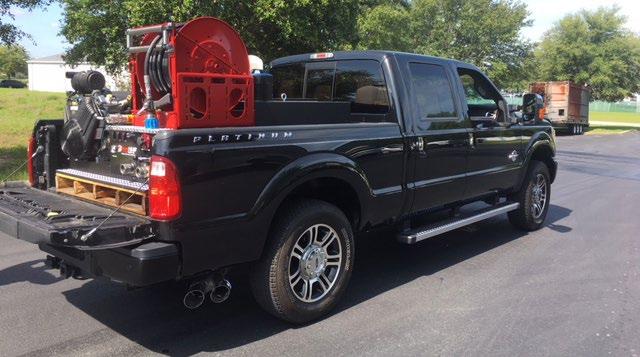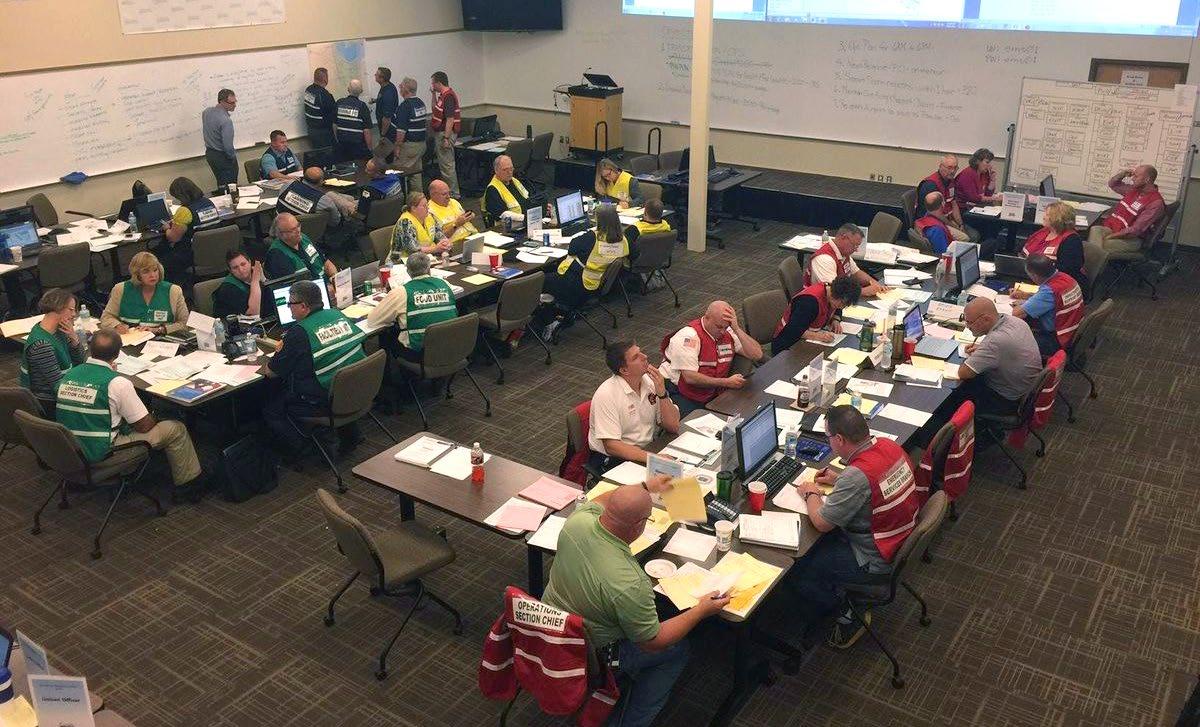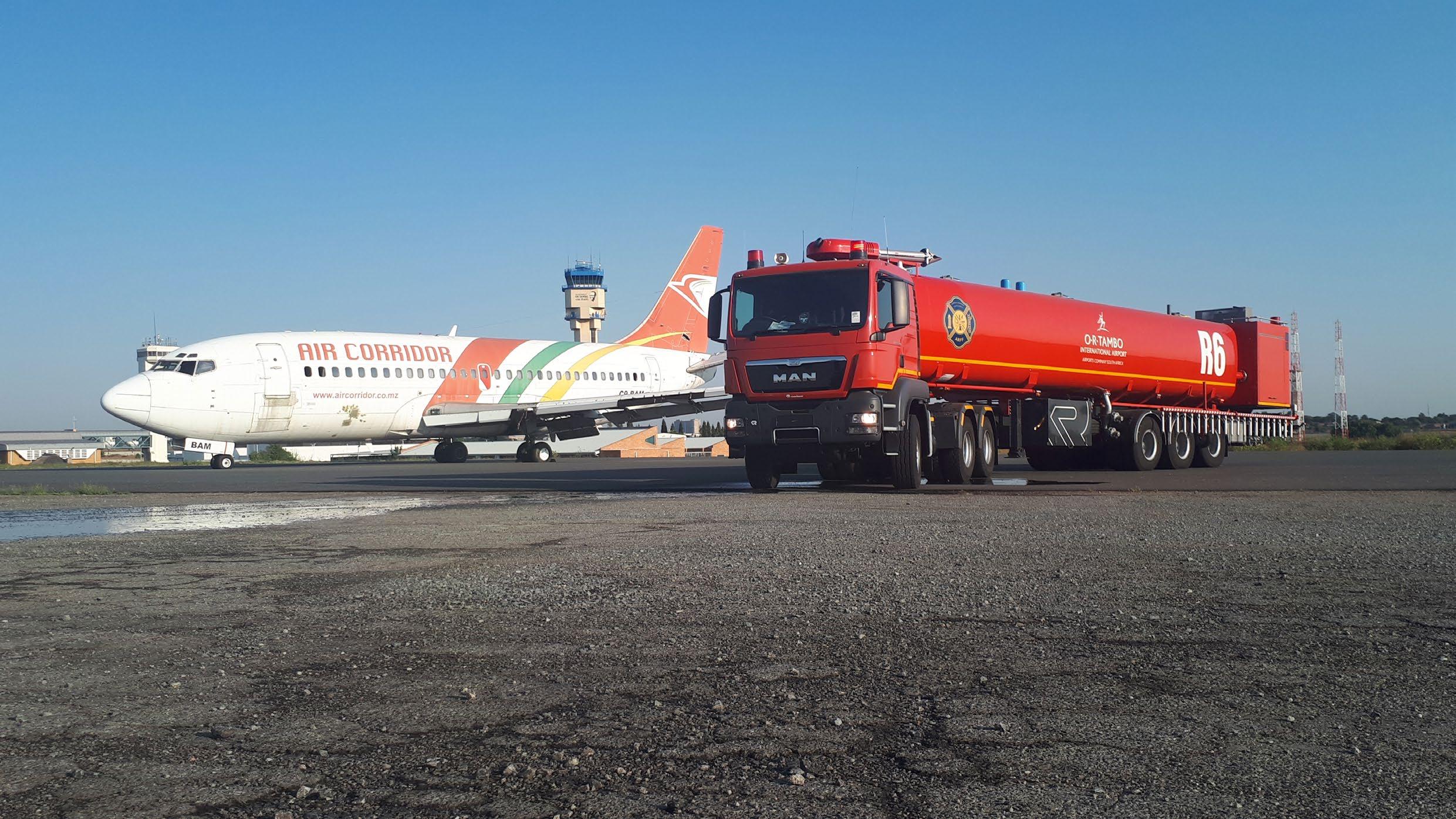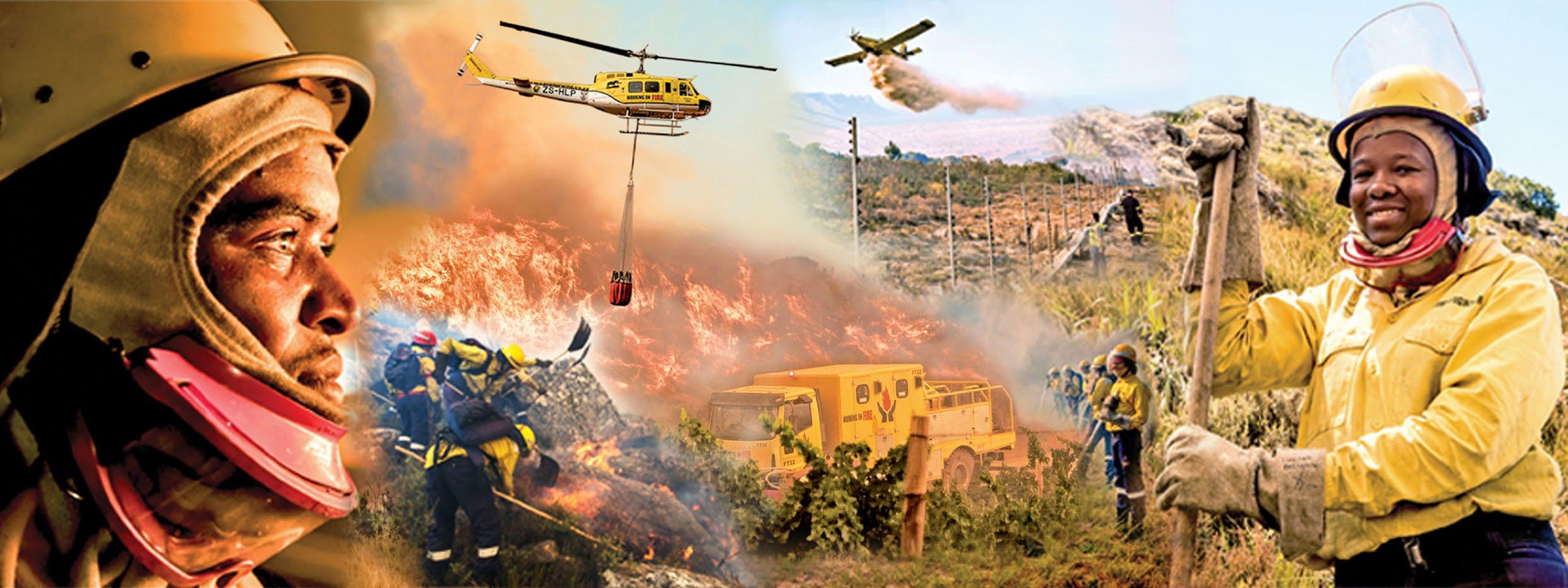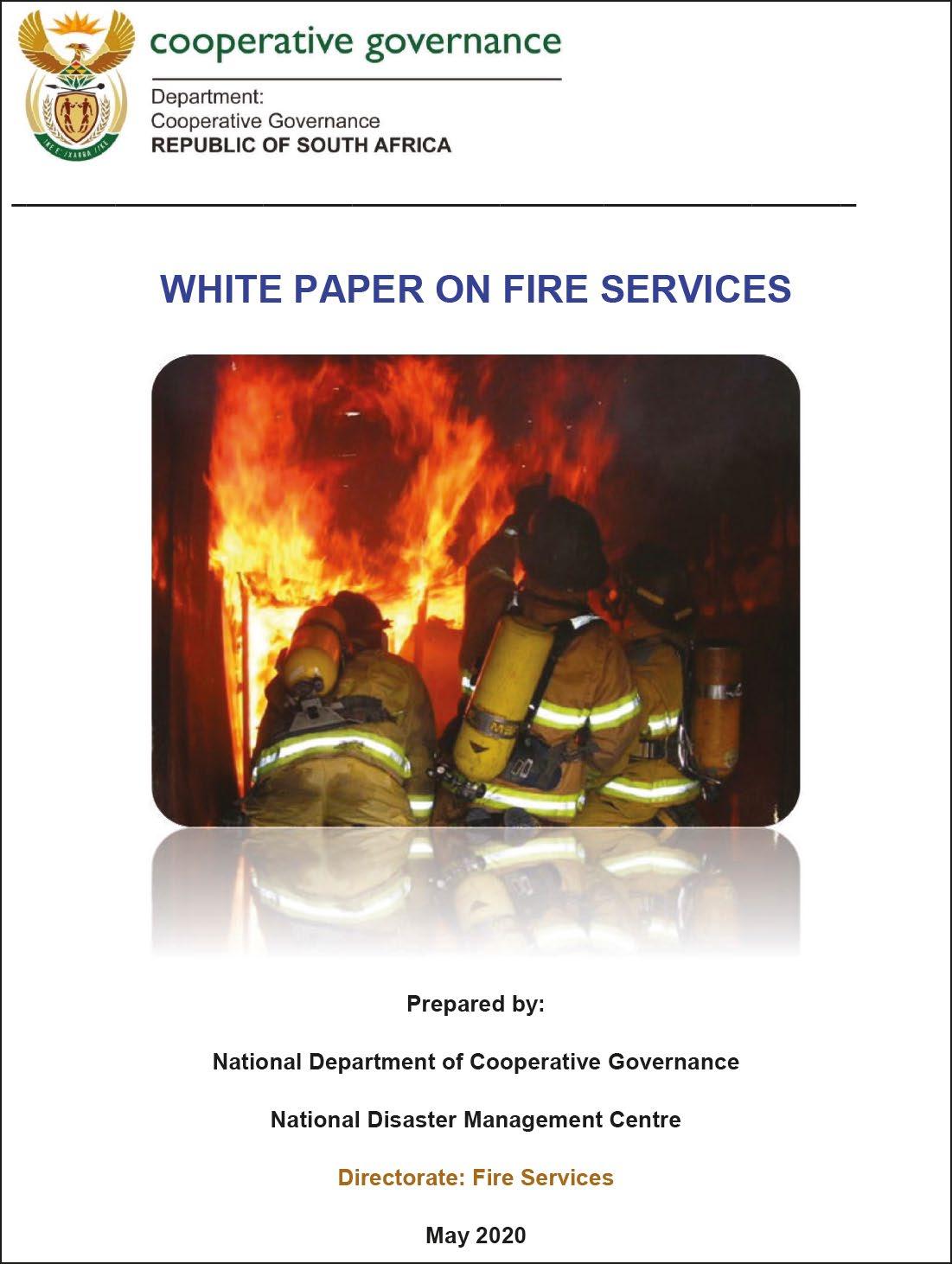Mobile fire fighting technology for high hazard applications
Mobile fire fighting technology for high hazard applications By Stuart Phythian, FireDos
F
ighting high hazard and storage tank fires is one of the most challenging scenarios firefighters and crisis management teams must plan for and manage. Fixed fire protection systems are increasingly being supplemented by versatile mobile equipment. Industry changes in foam fire fighting techniques present some special challenges for equipment manufacturers for a response combining both fixed and mobile equipment. The occurrence of high hazard fires has reduced in the last few years suggesting training and testing standards have generally improved, supported by testing from industry bodies such as JOIFF and LASTFIRE by sharing best practice amongst the enduser community members. This is an achievement in that global storage capacity is expected to double in the 20 years from 2005 to 2025 from approximately 600 million cubic metres (cbm) to over a billion cbm. However, the industry faces increasing challenges and opportunities. These include the legislative and enforced change from environmentally harmful PFAS type foams to fluorine-free foams (FFF). The increased use of very-large tanks, more than 100 metres diameter becoming more challenging to extinguish. The oil and gas industry adoption of Industry 4.0 and digital solutions for remote monitoring, control and testing, meaning a reduction in site manpower requirements. Some unknown factors and a reduced level of well-trained manpower mean a higher risk. Volume 5 | No 5
FireDos GENIII method of operation including test function recirculating foam concentrate to the foam concentrate tank The use of mobile fire fighting equipment which is easy-to-deploy and use will become more important as an integral method to fight large fires as the cost and complexity of fixed systems increases. Fixed systems will always remain a central hub of any fire protection system but fires break out often due to unknown and uncontrollable events and fixed systems may get damaged by the fire incident itself, calling for some level of flexible response. Fixed systems Fixed systems typically consist of a fire water main pump feeding a hydrant or ring line with fixed monitors, foam pourers for tanks and sprinkler systems for storage areas. The foam concentrate is stored in a fixed atmospheric or pressurised storage tank, with a proportioner to deliver the recommended mix of foam concentrate into the extinguishing water stream. Modern fire protection systems have introduced a degree of remote and automated operation such as flame and heat detection, as well as remote control, ensuring personnel are kept out of harm’s way as much as possible.
The selection of equipment varies, often with a trade-off in terms of operating cost, performance, reliability, testing and size. Due to the large size, complexity and cost of fixed fire fighting equipment, operators and end-users are increasingly looking to provide hybrid solutions. The ideal being a fire protection system using a fixed system aided by a team with versatile mobile equipment, which can be rapidly deployed, depending on the hazard. Mobile fire fighting equipment Mobile fire fighting equipment primarily includes the use of high capacity monitors and associated equipment, such as hoses and hose laying equipment and where necessary foam tankers and proportioning equipment. The challenges for many mobile applications are the potentially long hose lengths, restricted diameters and the pressure drop associated with many pieces of equipment. Bladder tanks and balanced pressure proportioner systems combined with venturi-based FIRE AND RESCUE INTERNATIONAL | 27




